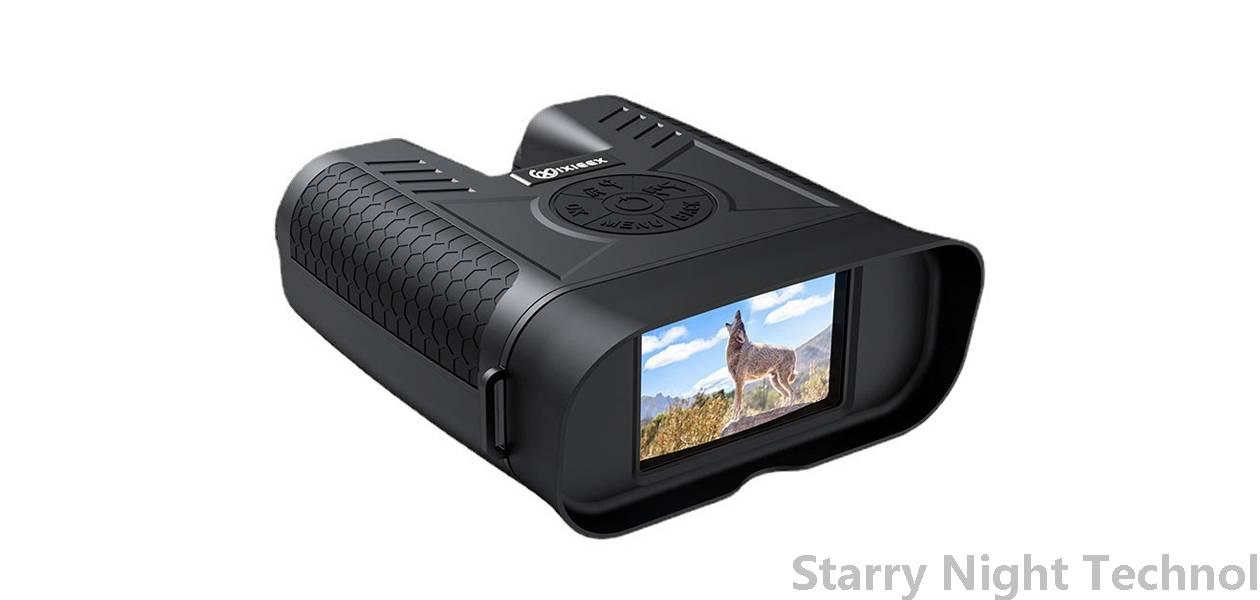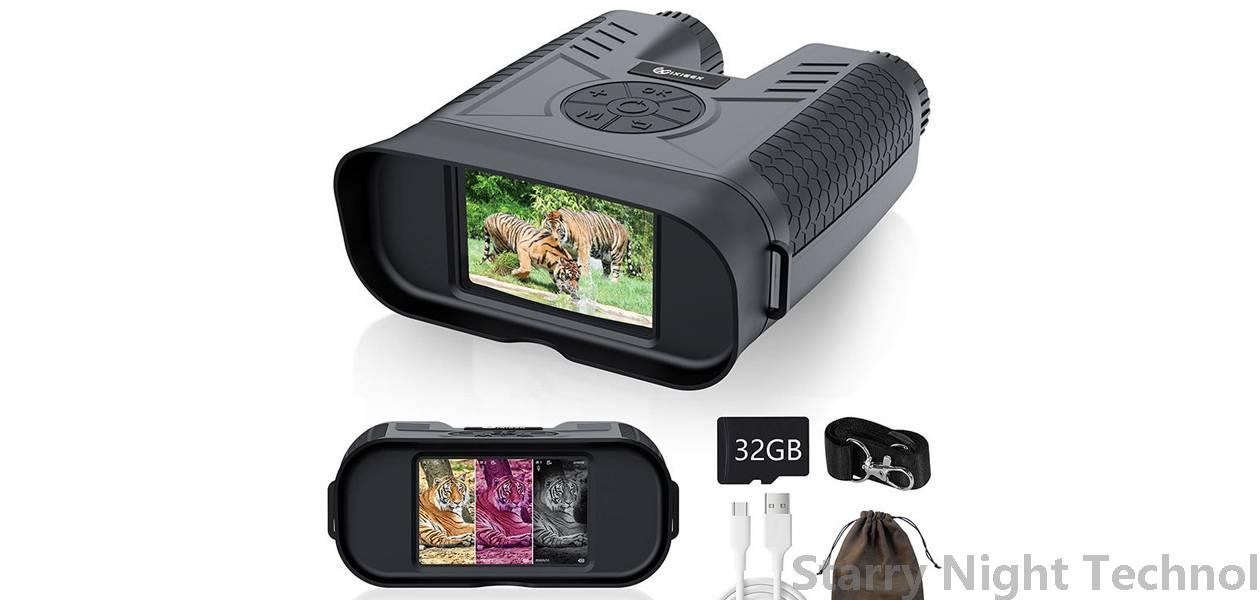Safeguarding the Night: Sentinel of IR Illumination
1726315229000

As dusk blankets the landscape, the world undergoes a transformative change. Shadows stretch across roads and fields as daylight fades, yet with this change comes the unseen peril of obscured visibility. The modern response to these threats has evolved dramatically through technological advancements, with Infrared (IR) illumination serving as a pivotal tool in safeguarding the night.
**Understanding Infrared Illumination**
Infrared illumination involves the emission of infrared radiation, invisible to the naked eye but detectable by specialized cameras and sensors. The spectrum of infrared light is divided into three distinct categories: near-infrared (0.75 - 1.5 micrometers), mid-infrared (1.5 - 5.6 micrometers), and far-infrared (5.6 - 1 millimeter). Each range has its unique applications, but the near-infrared spectrum has found a wide array of uses in security and surveillance technologies.
The ability of IR illumination to provide visibility in complete darkness is a game-changer. Unlike traditional lighting, IR illuminators emit light that does not disturb nocturnal wildlife or compromise stealth operations in security protocols. By emitting infrared light, these devices ensure that activities are captured without alerting potential threats, making them ideal for military operations, wildlife monitoring, and urban surveillance.
**Military Applications**
In military environments, the element of surprise and the ability to operate undetected are paramount. Night vision devices are heavily reliant on infrared illumination to enhance visibility. Soldiers can traverse dark terrains while remaining concealed from the enemy, thanks to night vision goggles that detect and amplify infrared light.
Advanced IR illuminators are integrated into armored vehicles and aircraft, creating a tactical advantage for reconnaissance missions. Soldiers can use IR-intensified imagery to identify threats, navigate through hostile territories, and execute covert operations with greater efficiency.
Perhaps most notably, drone technology has made significant strides in military operations, with IR sensors providing unparalleled surveillance capabilities. Drones equipped with thermal imaging can detect heat signatures from individuals and vehicles, allowing for real-time assessment of battlefield dynamics while minimizing the risk of detection.
**Civilian Security Enhancements**
The promise of IR illumination is not limited to military contexts; civilian security applications have seen exponential growth. Urban environments, with their complex infrastructure and high population density, pose unique challenges for law enforcement and security personnel.
 In scenarios of theft or intrusion, the value of such technology becomes evident; incidents that may have remained unnoticed in the dark can now be captured in minute detail. Additionally, these cameras can be tied into broader security systems alongside motion sensors and alerts, allowing for rapid response interventions when potential threats are detected.
In scenarios of theft or intrusion, the value of such technology becomes evident; incidents that may have remained unnoticed in the dark can now be captured in minute detail. Additionally, these cameras can be tied into broader security systems alongside motion sensors and alerts, allowing for rapid response interventions when potential threats are detected.**Wildlife Conservation and Research**
The application of IR illumination technology extends beyond human-centric security. In wildlife conservation, researchers are using infrared surveillance to monitor the behavior and movements of nocturnal species without disrupting their natural habitats. Tracking wildlife in the dark is vital for studying feeding patterns, mating rituals, and understanding the ecological impact of human encroachment.
Using IR cameras, researchers have documented behaviors that would otherwise remain hidden, providing critical data for conservation initiatives. Efforts to protect endangered species or mitigate human-animal conflicts are enhanced through this technology, fostering greater awareness and action.
**Challenges and Future Developments**
Despite its myriad advantages, the field of IR technology does not come without challenges. The sensitivity of IR sensors can lead to false positives, detecting objects that may not constitute an actual threat — such as animals or fluctuations in temperature. Moreover, weather conditions can impede infrared signals, creating limitations for certain geographical locations or during particular seasons.
As the futurescape of IR technology unfolds, innovation will likely focus on overcoming these challenges. Integrating artificial intelligence (AI) and machine learning into existing systems presents promising pathways for increasing the accuracy of data interpretation. Enhanced algorithms could differentiate between genuine threats and benign entities, significantly improving response protocols.
Additionally, the ongoing miniaturization of technology means that IR devices can become even more discreet and portable, benefiting everything from personal security to affordable wildlife monitoring solutions.
**Conclusion**
Infrared illumination stands out as a sentinel of protection in a world continually shrouded in darkness. From the soldier in the battlefield to homeowners wanting peace of mind, the ability to see the unseen offers a significant advantage. As technology continues to advance and integrate with our daily lives, the potential for infrared illumination to enhance our safety—while preserving the integrity of ecosystems—will undoubtedly grow, forging a brighter future even in the deepest shadows. Through robust applications in military, civilian, and conservation sectors, IR illumination safeguards our nights, enabling humanity to navigate the darkness with confidence and care.
night vision deviceStarry Night Technol

